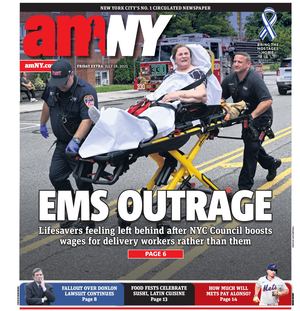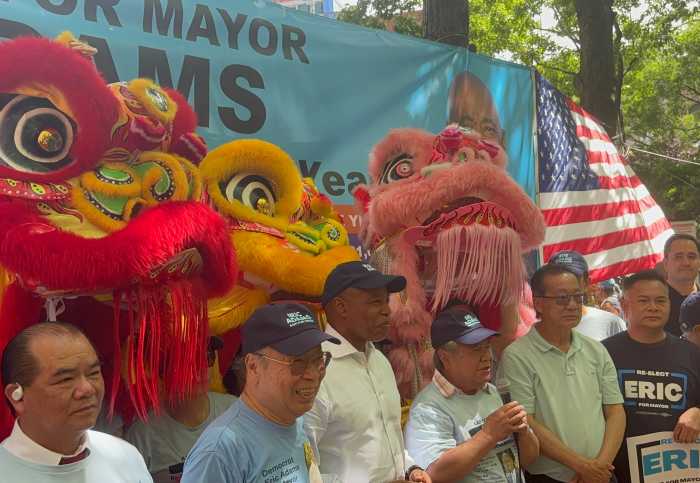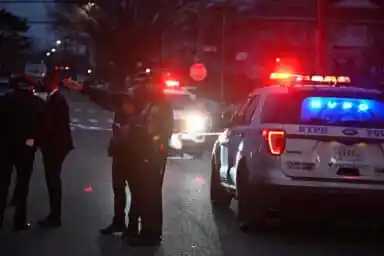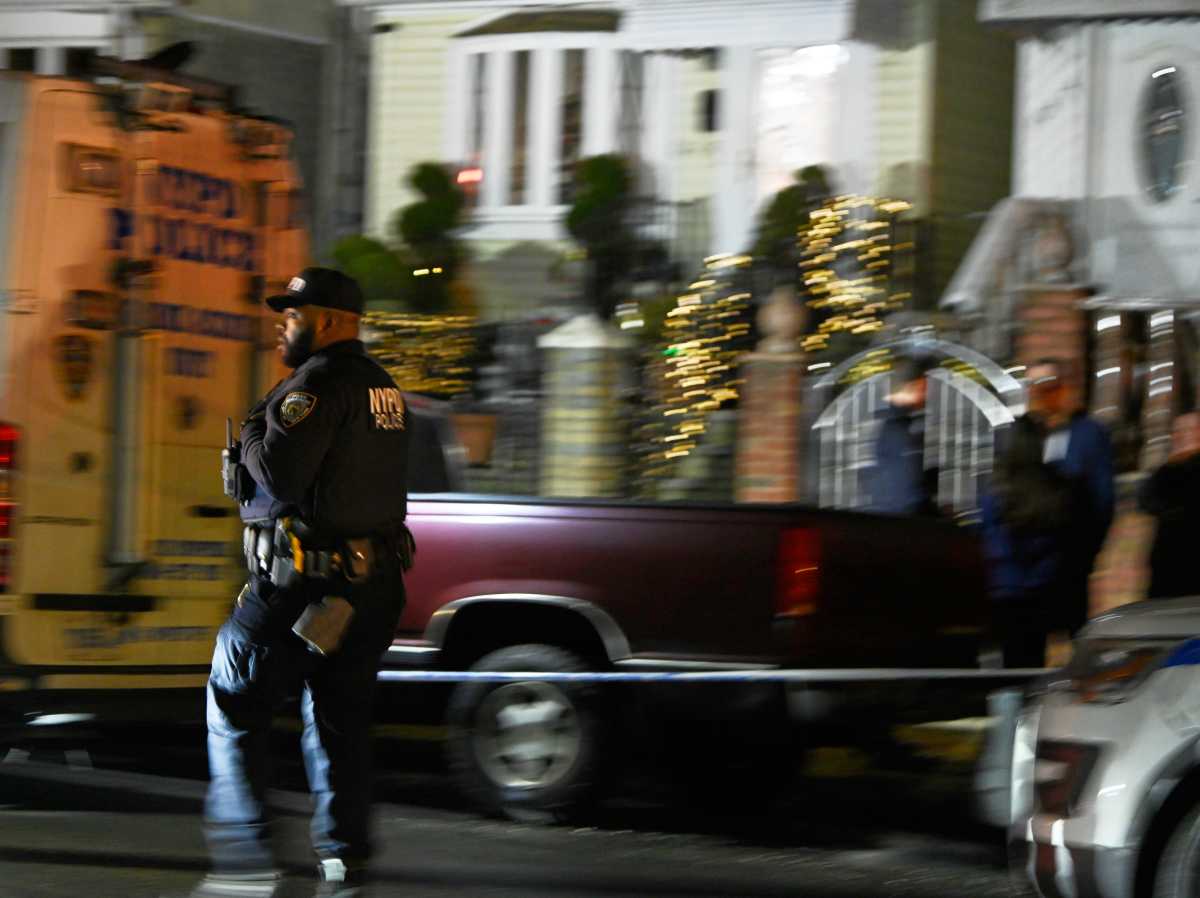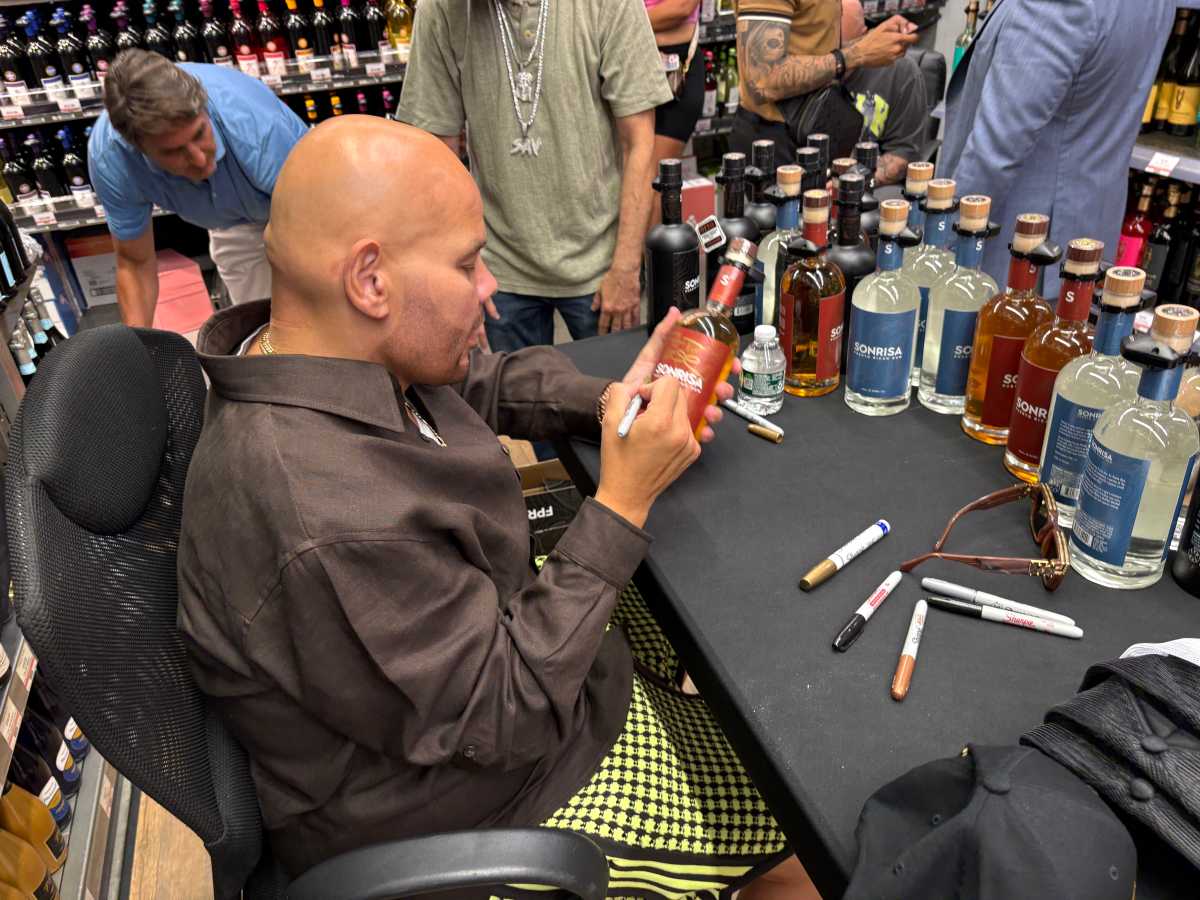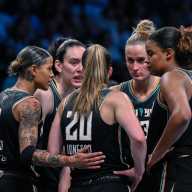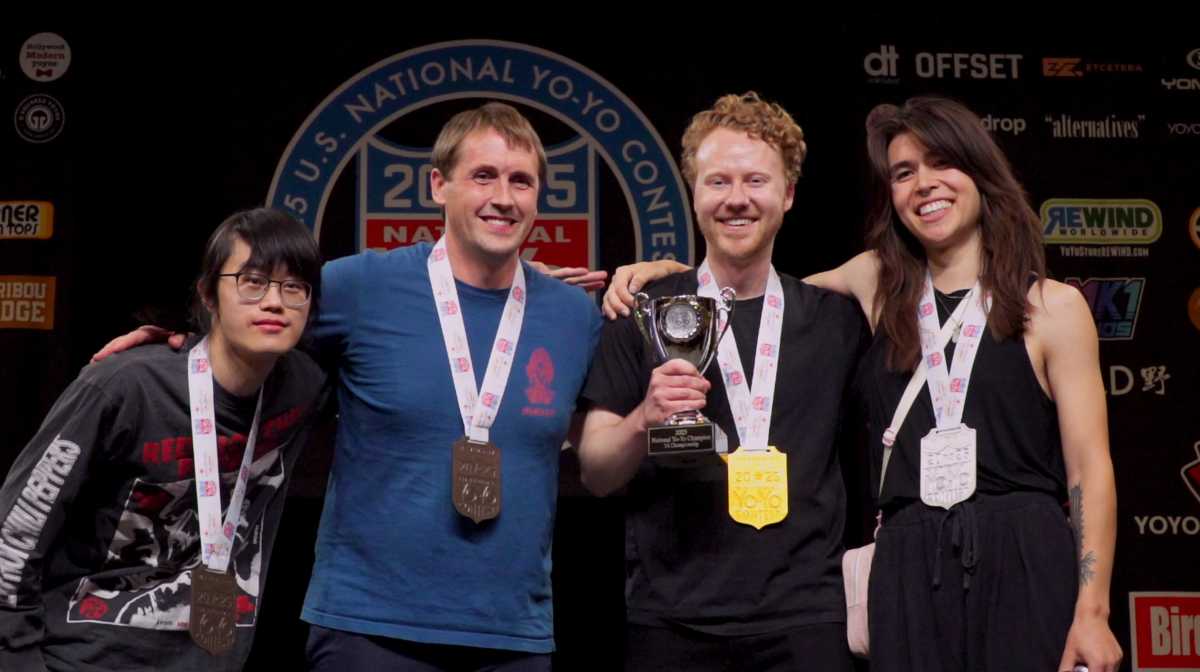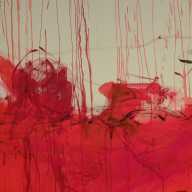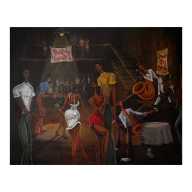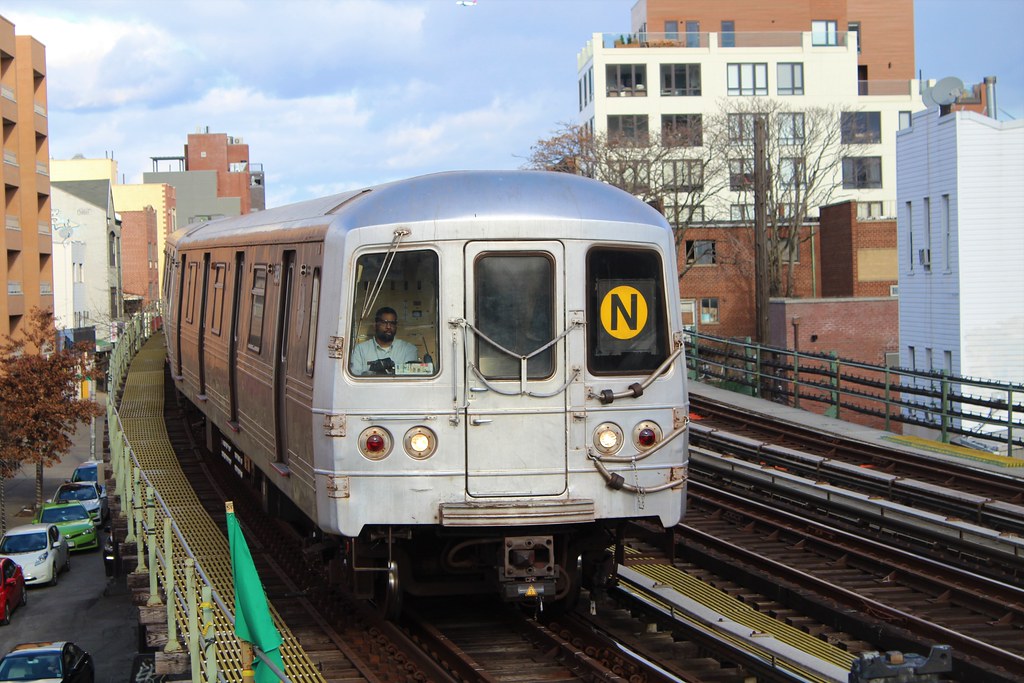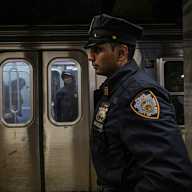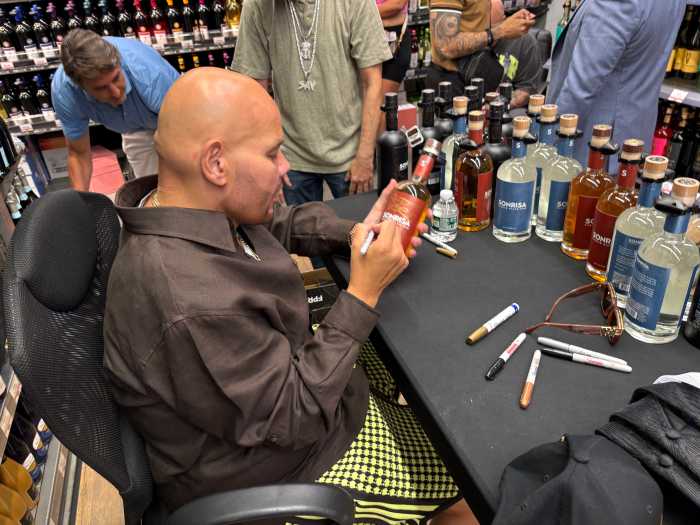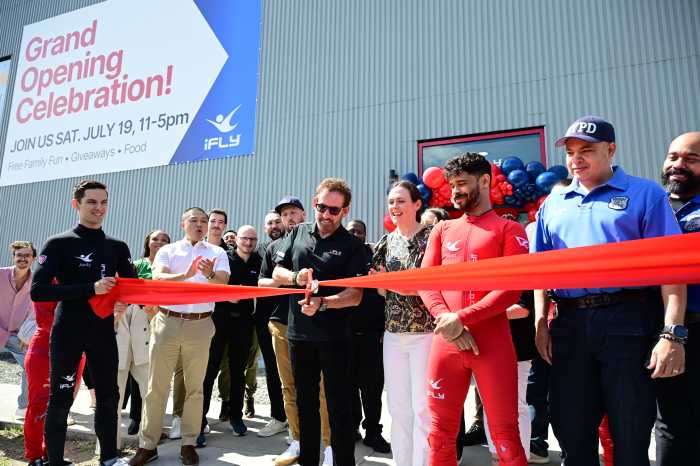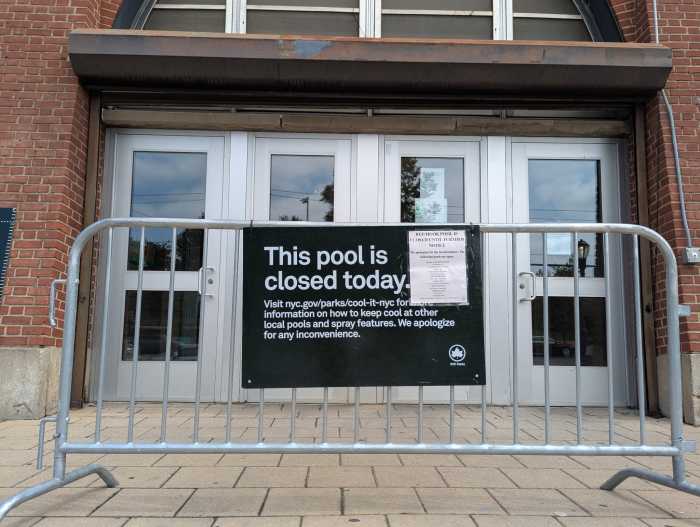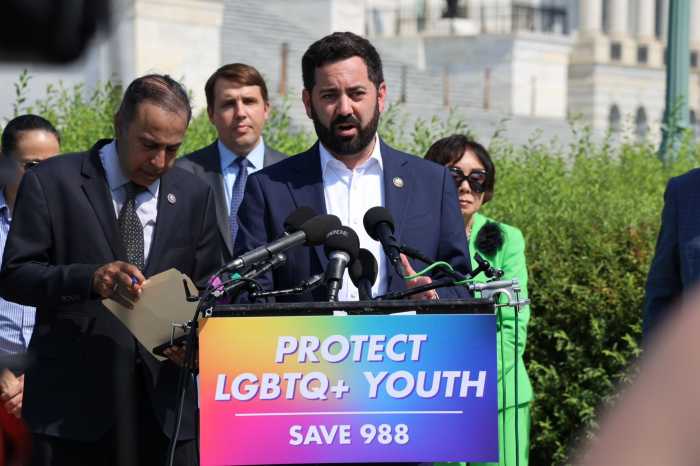 ” class=”wp-image-132268915″/>
” class=”wp-image-132268915″/>Photo Credit: Liam Quigley
Artist Anina Gerchick wants to add more jungle and less concrete to New York City.
On June 8, she unveiled her third BIRDLINK installation — a 16-foot-long spiraling vertical structure filled with native plants — at Sara D. Roosevelt Park in the Lower East Side. The structure’s design consists of seven tower modules with roughly 19 planters for various plant species, including geraniums and chasmanthiums. The installation is expected to run until November.
Many creatures in the area, Gerchick said, depend on native plant species throughout the year. For the local birds, insects, and butterflies, it provides stable nourishment and shelter throughout the year. It also provides a spot for visiting birds to get some rest and refuel as they migrate biannually.
“We share this city with all that wildlife and we don’t necessarily think about it,” Gerchick said. “Especially people who aren’t from New York. They think New York is the urban concrete wasteland or something, but we actually have green space.”

New York City falls along the route of the Atlantic Flyway, a major migration route for birds. Every spring and fall, thousands of birds fly through New York City to either reach breeding ground or stay warm during winter. Joining such local birds as Blue Jays, Northern Cardinals, and Robins, visiting birds include Willow Flycatchers, Indigo Buntings, Scarlet Tanagers, Wood Ducks, Baltimore Orioles, and many more.
Located between basketball courts and East Houston Street, the new installation will be similar to the one in East River State Park in Williamsburg. The primary difference is that some of the plants on this installation were picked to specifically cater to pollinating insects. All of the plants for the sculpture were donated by the Greenbelt Native Plant Center in Staten Island and need little maintenance, Gerchick said. She has people ready to help water the structure every day and said that none of the plants are edible to rats, so visitors to the installation do not need to worry about rodent infestations.
“These are the heartiest native perennials that you could possibly get, so they’re totally adapted to this environment,” she said, adding that she did have to wrap the sister structure in East River State Park with burlap during winter. “There is wicked wind coming off that. … But 95 percent of the plants survived and are now blooming again.”
Originally a painter, Gerchick came up with the idea for the installation after seeing locals take their pet songbirds to the Chinese Hua Mei Bird Garden in Chinatown on weekends. She decided to go back to school at City College and get a master’s degree in landscape architecture, which focuses on using ecological knowledge to design urban space.
Gerchick hopes to create a network of installations in parks, backyards, and rooftops throughout the city to cater to the bird and insect ecosystem. She also plants to create structures throughout the rest of the U.S. to help with other bird ecosystems.
More information on the plants used and the birds they support is available online at birdlink.world.
